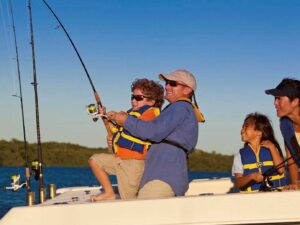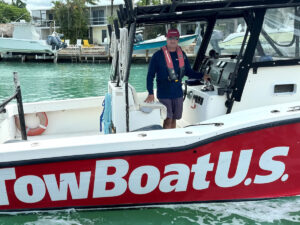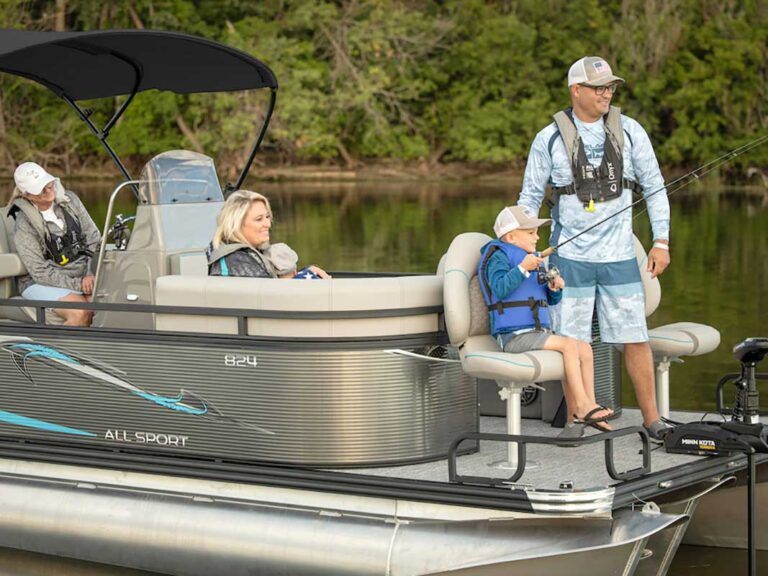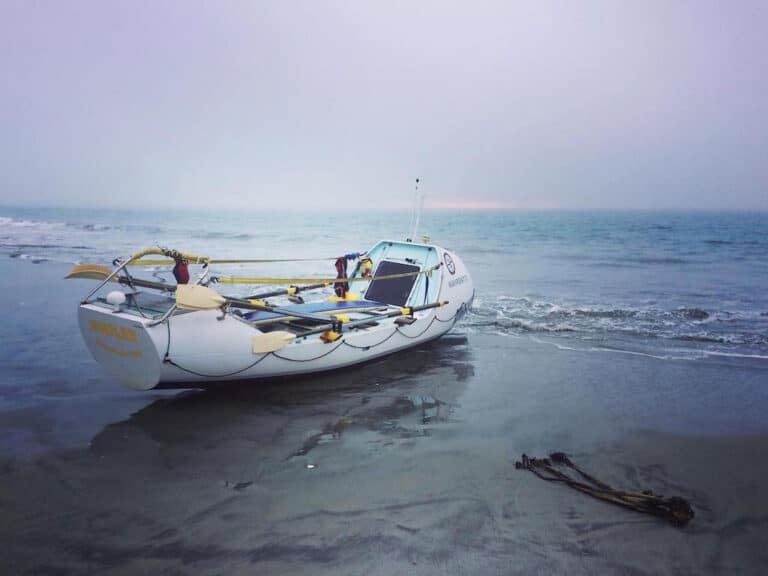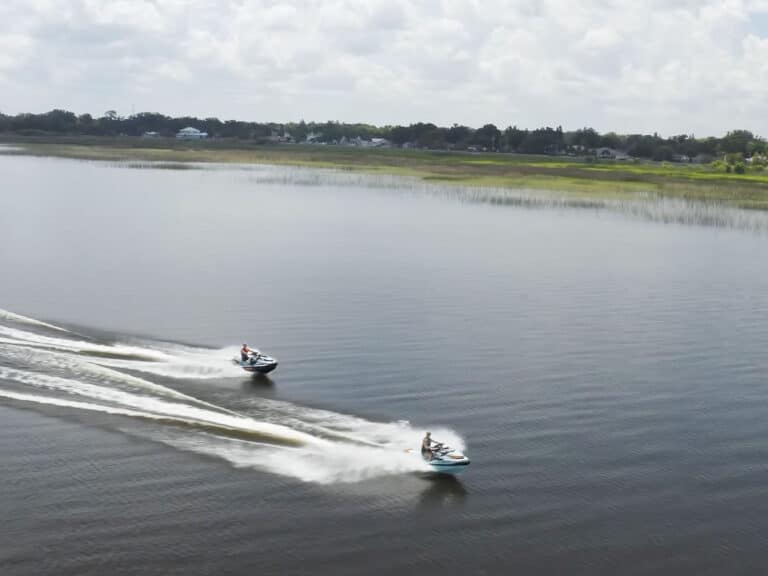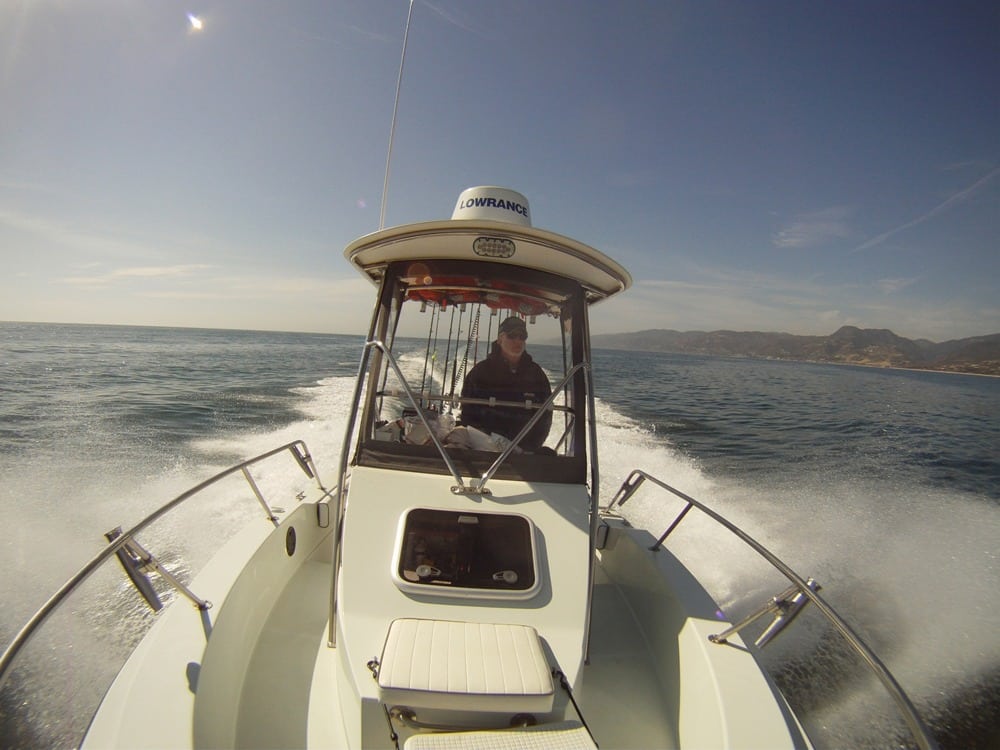
Every year in my home waters off the coast of Southern California, boats run into offshore islands. Many of these incidents occur on the watch of experienced and otherwise vigilant captains who fall asleep at the helm with the autopilot engaged.
In years past, with the news of each grounding, I was left puzzled. How could a seasoned captain let such a catastrophe occur?
The answer finally came when I got my first autopilot and discovered its benefits, as well as the dangers of such convenience. Autopilot is a wonderful boating tool, particularly on long passages. It frees your hands of having to steer a course, so you don’t become “wheel weary.”
It is also frees your eyes – no longer do you need to keep looking at the compass. Now you can use your vision to maintain a better watch, as well as keep an eye on the radar screen.
But autopilot can also have a dangerous side effect. Because it takes over the wheel, it promotes complacency at the helm, sometimes leading to a loss of vigilance. In fact, on a big boat, it can be so relaxing that you might fall asleep and crash into an island.
So what can you do to keep your head in the game while running on autopilot? Here are some time-tested techniques for staying awake and keeping your head in the game on a long passage.
- Have a co-pilot. A second person on the bridge will help you stay awake, and also serve as a second set of eyes for navigating safely.
- Set a watch alarm. You can install a watch alarm on your boat, or you can set your mobile phone to ring every 15 minutes. A simple egg timer will also work. Put it within ear-shot, but at a distance that forces you to reach over and turn it off.
- Set your radar guard zone. Turn it loud enough, and this will wake you if an object – like an island – comes within a preset distance.
- Turn off the autopilot. If you catch yourself drifting off, turn off the autopilot and stand up to pilot the boat manually. Manning the wheel will help keep you awake, and it’s hard to fall asleep while standing (though I have seen it happen to skippers while serving as co-pilot).
- Relinquish the helm. Sometimes the best bet is bringing in a relief crew to man the wheel.
There is nothing wrong with using an autopilot. Just make sure you take the steps to stay awake and keep your head in the game.
* * * * *
The U.S. Coast Guard is asking all boat owners and operators to help reduce fatalities, injuries, property damage, and associated healthcare costs related to recreational boating accidents by taking personal responsibility for their own safety and the safety of their passengers. Essential steps include: wearing a life jacket at all times and requiring passengers to do the same; never boating under the influence (BUI); successfully completing a boating safety course; and getting a Vessel Safety Check (VSC) annually from local U.S. Coast Guard Auxiliary, United States Power Squadrons(r), or your state boating agency’s Vessel Examiners. The U.S. Coast Guard reminds all boaters to “Boat Responsibly!” For more tips on boating safety, visit www.uscgboating.org.

